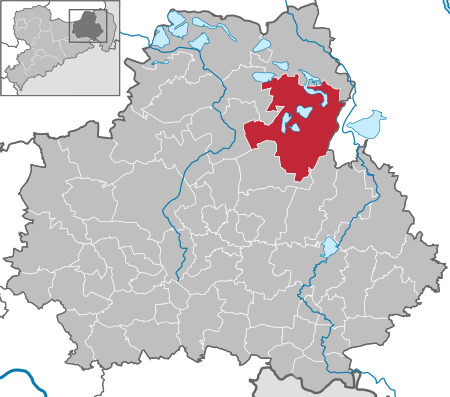Lohsa
Bautzen district geography stubsMunicipalities in SaxonyPages with Upper Sorbian IPAPopulated places in Bautzen (district)

Lohsa (German) or Łaz (Upper Sorbian, pronounced [ˈwas]) is a municipality in the district of Bautzen, in Saxony, in eastern Germany. The municipality is part of the recognized Sorbian settlement area in Saxony. Upper Sorbian has an official status next to German, all villages bear names in both languages.
Excerpt from the Wikipedia article Lohsa (License: CC BY-SA 3.0, Authors, Images).Lohsa
Mühlweg,
Geographical coordinates (GPS) Address Nearby Places Show on map
Geographical coordinates (GPS)
| Latitude | Longitude |
|---|---|
| N 51.383888888889 ° | E 14.403333333333 ° |
Address
Mühlweg 1
02999
Saxony, Germany
Open on Google Maps







